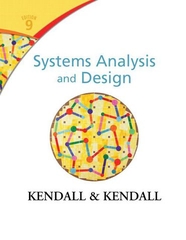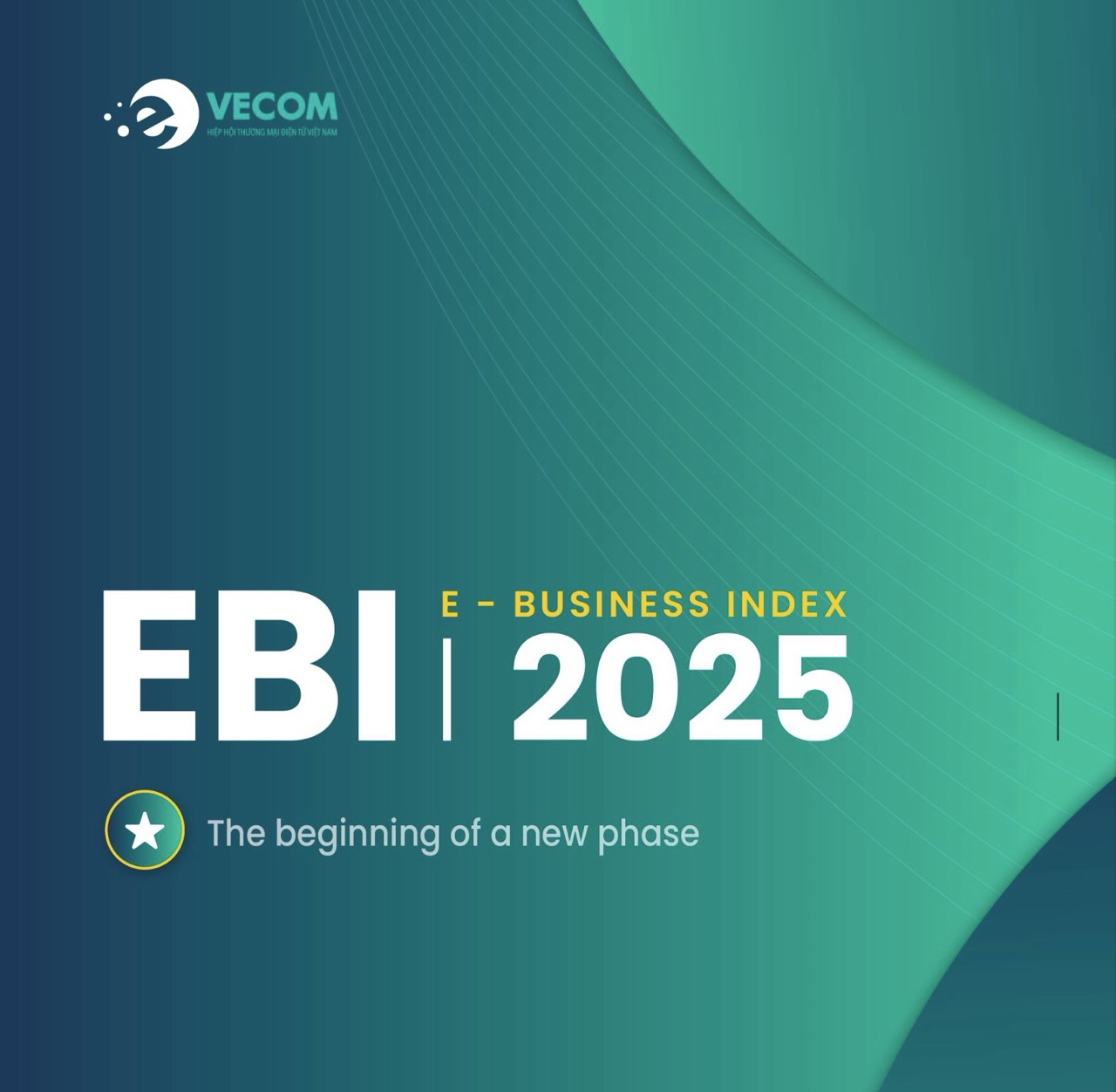Part 1: Systems Analysis Fundamentals (Chapters 1-3) focuses on the basics of what an analyst does, how emerging information systems fit into organizations, ecommerce project management coverage, and how to manage a systems project using special software tools. Part 1 now includes introductions of the three main methodologies of the systems development life cycle (SDLC), expanded coverage of evaluating software and hardware, when to use COTS (commercial off the shelf software), and earlier, expanded material on creating the project charter.
Part 2: Information Requirements Analysis (Chapters 4-6) emphasizes the use of systematic and structured methodologies for performing information requirements analysis. The information in these chapters enables students to understand the approach to systems development.
Part 3: The Analysis Process (Chapters 7-10) details the analysis process, and builds on the previous two parts to move students into analysis of data flows as well as structured and semi-structured decisions.
Part 4: The Essentials of Design (Chapters 11-14) covers designing output, the design of web-based forms, relations between output method and content, the effect of output on users, and designing good forms and screens.
Part 5: Quality Assurance and Implementation (Chapters 15-16) focuses on designing accurate data entry procedures and includes material on managing the supply chain through the effective design of business-to-business (B2B) ecommerce.
Table of Contents
I. SYSTEMS ANALYSIS FUNDAMENTALS
1. Systems, Roles, and Development Methodologies
2. Understanding and Modeling Organizational Systems
3. Project Management
II. INFORMATION REQUIREMENTS ANALYSIS
4. Information Gathering: Interactive Methods
5. Information Gathering: Unobtrusive Methods
6. Agile Modeling and Prototyping
III. THE ANALYSIS PROCESS
7. Using Data Flow Diagrams
8. Analyzing Systems Using Data Dictionaries
9. Process Specifications and Structured Decisions
10. Object-Oriented Systems Analysis and Design Using UML
IV. THE ESSENTIALS OF DESIGN
11. Designing Effective Output
12. Designing Effective Input
13. Designing Databases
14. Human-Computer Interaction
V. QUALITY ASSURANCE AND IMPLEMENTATION
15. Designing Accurate Data Entry Procedures
16. Quality Assurance and Implementation
Glossary
Acronyms
Index




 Author: VietNam E-Commerce Association VECOM
Author: VietNam E-Commerce Association VECOM
























